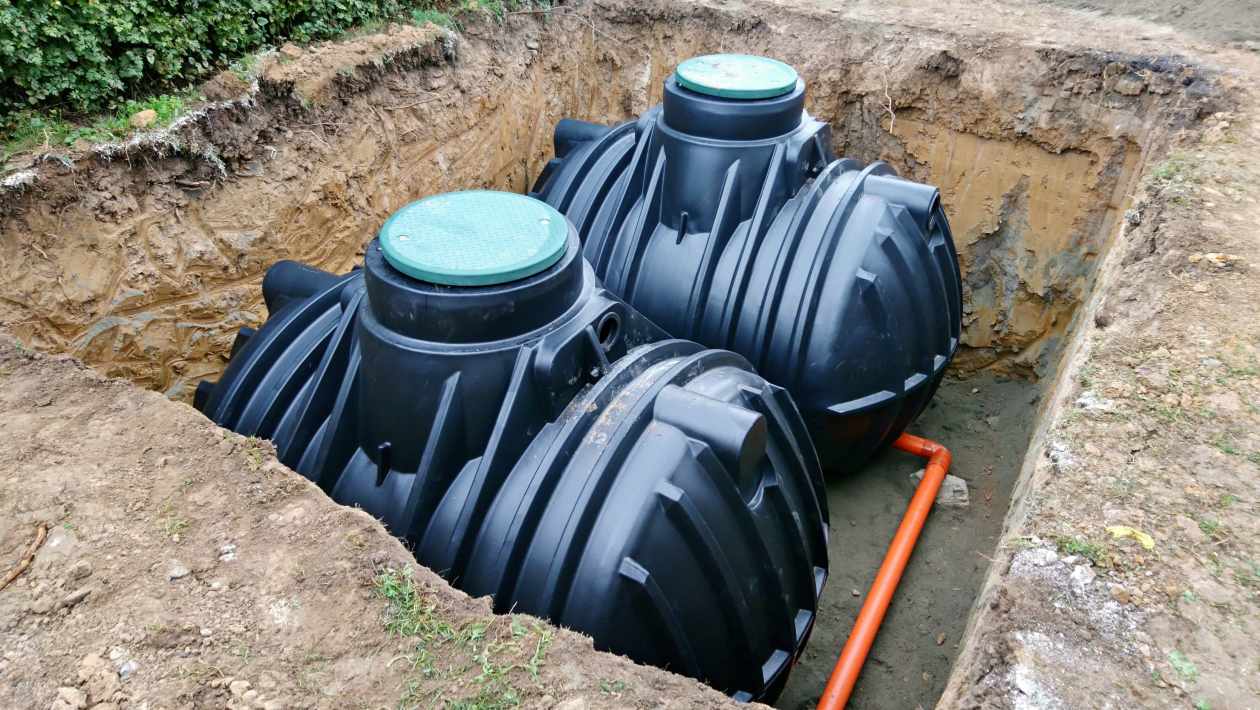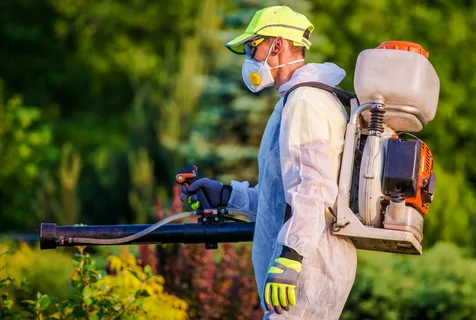Natural disasters or emergencies might cut off one’s access to water for weeks. For this reason, these tips for long-term water storage is important. (buy kern alprazolam uk)
Even if water doesn’t go bad in the same manner that food does, it may breed harmful bacteria if you don’t store it in safe conditions or purify it. Chemical contamination is the other risk, which can be either from chemical vapors that pass through water containers’ walls or particular kinds of plastic containers.
With that in mind, it’s crucial to store water properly. If you don’t know where to get started, below are some of the tips you can consider for long-term water storage:
1. Choose Your Water Containers Wisely
Before you fill up your old containers with water, remember that water is susceptible to bacterial growth in the long run, so you should choose your water containers wisely. Depending on your preferences, always opt for quality water tanks or water containers that are made of food-grade plastic, BPA-free, and UV-resistant, like those available at https://www.watertankfactory.com.au.
If possible, store water in different container sizes so you’re ready for any situation, regardless if you’re camping, on the move, or at home. Below are the other long-term water storage container ideas you might want to take into consideration:
- Blue Water Barrels – If you want to protect your water from contamination for a long time, it’s wise to store your water supply in recommended water storage containers. Such plastic and opaque barrels limit the amount of light hitting the water, which reduces bacterial growth. However, big barrels aren’t easy to transport and more expensive.
- Empty Liter Soda Bottles – These are an affordable option for storing water, but they’re not a great option for storing water for years. Also, storing water in some soda bottles can make the water susceptible to bacterial growth and even take on the soda’s taste over time.
In addition, avoid storing water in empty milk jugs because the plastic used for some of them is biodegradable and might deteriorate over time. The containers might also have small amounts of milk in them that might contaminate the water and make it harmful for consumption.
2. Determine The Amount Of Water To Store
It’s always a good idea to store enough water for your whole family that will last for at least three days. This is a good starting point when you want to build your long-term water supply, but you must aim to store one or two weeks’ worth of water if you have a big family.
Keep in mind that every person must drink a gallon of water daily, so if you’re creating a three-day supply of water for four individuals, you have to collect a total of 12 gallons of water.
3. Clean Your Water Containers Before Using Them
Containers for long-term water storage are made from quality and food-safe materials that won’t leach chemicals into your water supply. But once you bring new storage containers home, they might be contaminated with bacteria or debris from shipping and manufacturing.
Before you use them for the first time, clean your water containers by washing them with hot water and soap. Let them dry completely, and then you can start storing water in them.
4. Know How Long You Want To Store The Water
Water stored in a container that is made from food-safe, BPA-free, and UV-resistant plastic won’t spoil. But water stored in soda bottles and other containers might be contaminated by bacteria, and it might end up having a stale taste or algae growth.
Avoid contamination problems by using proper water storage barrels. Make sure to seal your water containers properly, and avoid letting anything fall into the containers when filling them. Once you do it properly, you can be assured that you’ll have a water supply you can use for months or years to come.
5. Consider Bottled Water
In places that regulate bottled water, including the EU and US, sealed water bottles are sanitary and can stay good indefinitely. Once you consider this option for your long-term water storage needs, you won’t need to pick appropriate water containers. You don’t even need to purify the water.
Just see to it that you check the bottled water label for safe water certifications in order for you to know if the product has met quality and safety standards.
6. Store Your Water Containers In A Dark And Cool Place
Heat and light can damage containers, particularly plastic ones. Sunlight may also cause mold or algae to grow in clear water containers and sealed store-bought water bottles.
To ensure water safety, try to avoid storing plastic containers near chemical products, particularly kerosene, pesticides, and gasoline. Vapors may pass through plastic water containers, which may lead to contamination. In case of emergency, store small water containers near your home’s exit area.
7. Disinfect Water From Unsafe Sources
If the tap water isn’t safe to drink, disinfect it before you store it in your containers. A great way to do this is by bringing the water to a rolling boil for a minute to three. If you can’t boil the water, you can consider disinfecting your water using purification tablets. However, make sure to use such tablets sparingly since excessive use may increase your risk of thyroid problems.
8. Filter Out The Contaminants
Boiling the water can kill microorganisms, but it won’t get rid of heavy metals or lead. If the water is contaminated by runoff from mines, farms, or factories, pour it through activated carbon filters and reverse osmosis filters.
You can also make your own filter. While they’re not as effective as commercial filters, they can help remove some toxins and sediment.
9. Open One Water Container At A Time
If you want to use your emergency water supply, store the containers you’ve opened in a cold location like a refrigerator. Use the open water container within five days in the fridge, one to two days in cold rooms, or a few hours when stored in warm rooms.
Also, don’t forget to purify the remaining water by boiling it. Drinking directly from containers or touching the rim with your dirty hands can increase the risk of contamination.
Bottom Line
Long-term water storage isn’t impossible to achieve. As long as you use the right water containers and follow the above tips, you’ll be on the right track to store water properly without dealing with various issues like contamination or bacterial growth. Plus, you can be assured that you’ll have clean and safe water for daily consumption in case of a water outage in your area.





